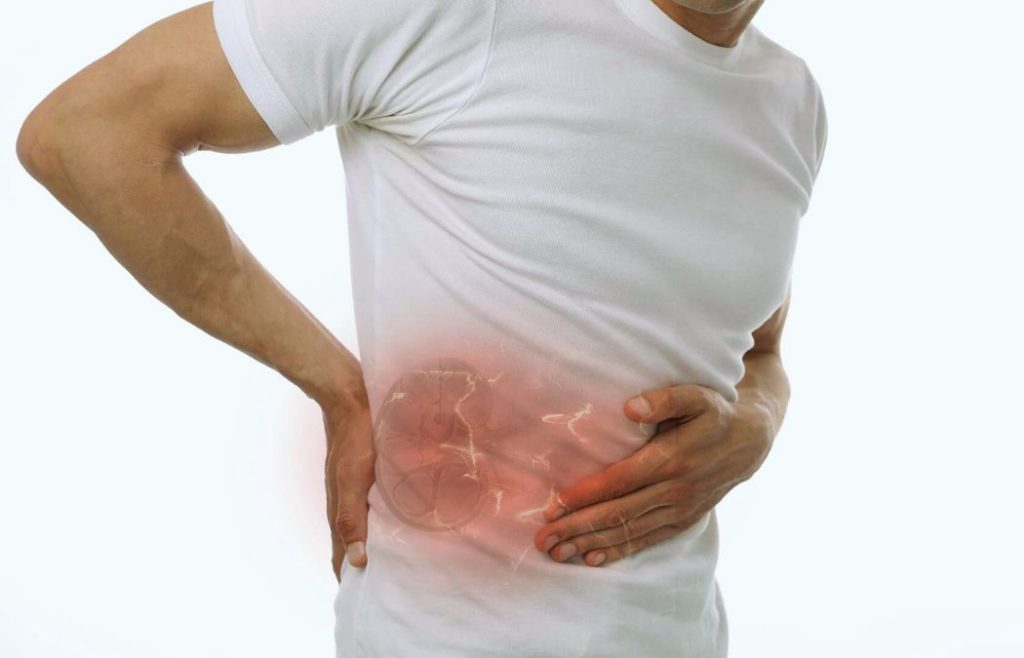Jumping on a trampoline is a thrilling activity for many, but for some, it can lead to unexpected discomfort, notably kidney pain. This phenomenon warrants exploration to uncover the underlying reasons behind this unsettling sensation. While trampolining is renowned for its cardiovascular benefits and fun, the impact forces generated during rebounding may inadvertently affect the kidneys, causing discomfort or pain.
Understanding the biomechanics involved and the potential stress placed on the renal system sheds light on why certain individuals experience this discomfort. By delving into the mechanisms at play, we can better grasp how to mitigate this issue and ensure a safer, more enjoyable trampolining experience for all.
Join us as we delve into the intriguing realm of trampoline-induced kidney pain and uncover the factors contributing to this phenomenon.

The Mechanics of Trampoline Jumping
Trampolines became popular recreational devices in the 1930s, originating as performance equipment for acrobats and gymnasts. Today, personal trampolines are a common backyard fixture for fun exercise.
The trampoline allows users to bounce up and down by transferring energy through the springs and mat. As feet make contact, the mat absorbs some impact. The springs then contract to create a lift that propels the jumper up. This moves the body’s center of mass up and down rapidly, creating a strain and jostling effect.
This rapid bouncing places physical stress on various body parts, especially the back, legs, and abdominals. However, the kidneys may also be affected.
Why Does Kidney Pain Occur While Jumping?
The kidneys are vulnerable internal organs susceptible to trauma and strain from intense exercise. Bouncing up and down causes the kidneys to shake and move beyond their normal range. This jostling can strain muscles and tissue around them.
Dehydration is also a factor, as jumpers lose water through sweat. Dehydration causes the kidneys to work harder to filter blood, which can lead to pain. Those with pre-existing kidney conditions may also experience discomfort as jumping aggravates the problem area.
Some research studies have explored the effects of rebound exercise on the body, with findings indicating additional strain to the lower back and abdominals during trampoline workouts. This supports evidence of kidney discomfort resulting from the biomechanical effects.
Understanding Kidney Pain
Flank pain during or after exercising on a trampoline may indicate kidney involvement, especially if the pain is severe or persists for more than a day. This differs from muscle soreness which generally subsides more quickly.
Kidney pain has other potential causes like infection, stones, or obstruction of urine flow. However, trampoline jumping specifically strains the muscle and tissue surrounding the kidneys, either triggering pain or exacerbating an underlying condition.
Symptoms Associated With Kidney Pain Include:
- Pain or tenderness in one or both sides of the lower back
- Pain that moves to the groin area and inner thighs
- Nausea/vomiting
- Fever
- Change in urine output
- Discolored urine
Precautions and Solutions
Proper hydration is vital when engaging in any bouncy physical activity. Experts recommend drinking 16-20 oz of water in the hour before trampoline exercise and 6-8 oz every 15 minutes during the workout. Water helps cushion organs and allows the kidneys to function optimally when demands on the body increase due to exercise.
Using appropriate form and avoiding overexertion when jumping can also minimize strain. Land with soft knees, bounce mostly vertically rather than horizontally, move in control, and take breaks. Allow the body to acclimate slowly over several sessions rather than pushing too intensely at first.
Seek medical advice when pain is severe or persistent beyond 24 hours, especially when accompanied by symptoms like nausea, fever, or urinary changes. Though muscle soreness subsides more quickly, kidney pain generally requires assessment to rule out infection, stones, or other complications.
Those with recurrent discomfort may benefit from low-impact activities like swimming, cycling, or elliptical workouts. Always consult a nephrologist or sports medicine professional for customized recommendations.
Expert Insights and Recommendations
Nephrologists specializing in kidney health indicate properly hydrating before and during trampoline exercise is key, as dehydration strains the kidneys. Consuming electrolytes can also help maintain fluid balance.
They advise new jumpers to start with 5-10 minutes at moderate bounce height and land softly with control. Increase the duration gradually over 4-6 progressive sessions if pain-free. Listen to warning signals from the body and avoid overexertion or pushing through discomfort.
Recurrent kidney pain with exercise may indicate developing issues like stones, infection, or chronic conditions. Seeking prompt treatment helps prevent complications like urine blockage, tissue damage, or kidney failure over time. Track symptoms, drink recommended fluids daily, and follow specialist guidance on appropriate activities.
Conclusion
Jumping on a trampoline can be a satisfying workout but may cause kidney discomfort due to the rapid bounce motion and biomechanical strain. Learning proper jump form, staying hydrated, using appropriate caution as a beginner, and consulting a doctor at the first sign of pain can help mitigate risks and keep kidneys healthy.
Moderating exertion and choosing alternative exercises may be warranted if individuals experience recurrent discomfort. With knowledge of precautions and expert insights, trampolining can remain an enjoyable activity.
Last Updated on February 16, 2024

